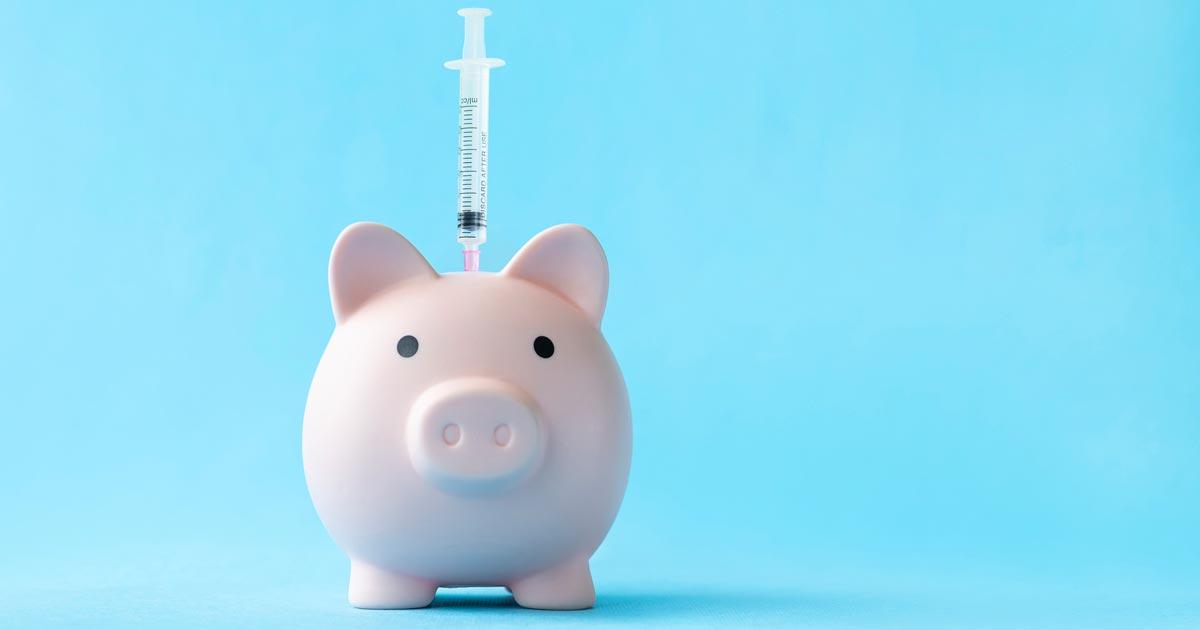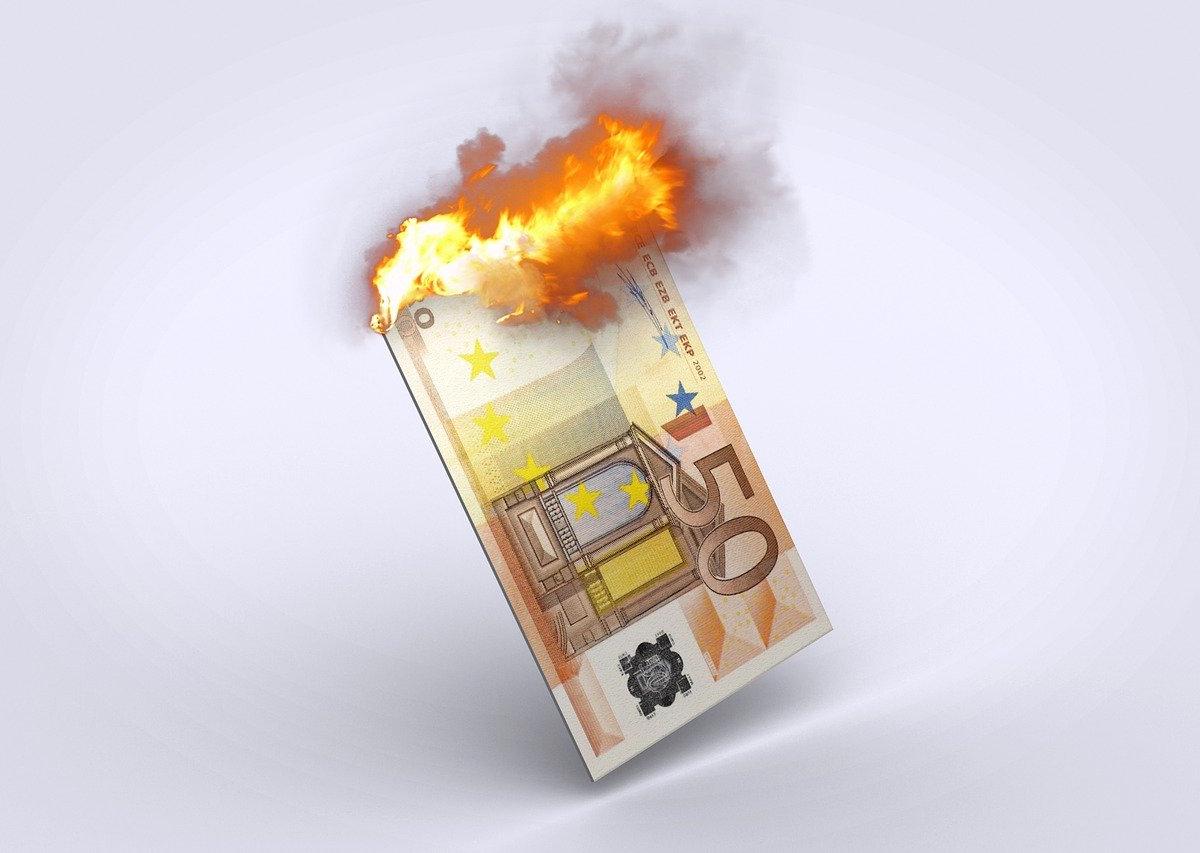Inflation—defined herein as a widespread increase in the prices of widely purchased consumer goods—has gotten worse since I commented on it last spring. According to the official Consumer Price Index (CPI), inflation is currently running at 7.5 percent year over year—the highest since 1982. What triggered the last year’s explosion in prices? President Joe Biden has tried to blame inflation on greedy corporations and supply-chain disruptions. The former is laughable—there is no rational explanation for why corporations supposedly turned greedy when Biden became president. The latter is partly true—delays in bringing supplies to market have exacerbated price hikes for some goods. The fundamental reason, though, is that when prices are rising almost everywhere, the
Topics:
Mark Hendrickson considers the following as important: 6b) Mises.org, Featured, newsletter
This could be interesting, too:
RIA Team writes The Importance of Emergency Funds in Retirement Planning
Nachrichten Ticker - www.finanzen.ch writes Gesetzesvorschlag in Arizona: Wird Bitcoin bald zur Staatsreserve?
Nachrichten Ticker - www.finanzen.ch writes So bewegen sich Bitcoin & Co. heute
Nachrichten Ticker - www.finanzen.ch writes Aktueller Marktbericht zu Bitcoin & Co.
 Inflation—defined herein as a widespread increase in the prices of widely purchased consumer goods—has gotten worse since I commented on it last spring. According to the official Consumer Price Index (CPI), inflation is currently running at 7.5 percent year over year—the highest since 1982.
Inflation—defined herein as a widespread increase in the prices of widely purchased consumer goods—has gotten worse since I commented on it last spring. According to the official Consumer Price Index (CPI), inflation is currently running at 7.5 percent year over year—the highest since 1982.
What triggered the last year’s explosion in prices? President Joe Biden has tried to blame inflation on greedy corporations and supply-chain disruptions. The former is laughable—there is no rational explanation for why corporations supposedly turned greedy when Biden became president. The latter is partly true—delays in bringing supplies to market have exacerbated price hikes for some goods. The fundamental reason, though, is that when prices are rising almost everywhere, the amount of money bidding for goods has soared while the supply of goods has not.
Orthodox monetarist economics, as espoused by the late Milton Friedman, posits that inflation is always and everywhere a monetary phenomenon—that is, when the monetary authorities (in this country, the Federal Reserve System) increase the supply of money, prices will then rise. Unfortunately for the monetarist theory, real-world evidence shows that increases in the money supply more often than not have not triggered higher prices, while at other times, prices have risen without the money supply increasing. In other words, there is no simple, invariable, mechanistic relationship between the supply of money and surging prices for consumer goods. Human action and economic relationships are far more flexible and less predictable than quantitative theories would lead us to believe.
The key factor is not the quantity of money, but where newly created money goes and what people do with it. For example, the supply of money and credit surged in the 1920s, but inflation in consumer prices was negligible. As Murray Rothbard detailed in his book America’s Great Depression, much of the newly created money and credit went into stocks and Florida real estate, inflating massive speculative bubbles that eventually popped, followed by crashing prices.
A more recent case: from 1995 to 2015, the domestic money supply tripled, yet consumer price increases were relatively tame. However, the Fed’s easy money policies definitely fueled the housing bubble that so painfully burst in 2008. Indeed, even the Federal Reserve’s barrage of easy money policies from 2009 to 2020 (zero interest rate policies and QE1, 2, 3, etc.) didn’t lead to large jumps in consumer prices. Instead, under Federal Reserve policies, much of the newly created money and credit that normally would have been lent out to businesses and individuals sat idle on financial institutions’ balance sheets, a buffer against systemic risk. Many other dollars, instead of making new purchases, were used to service the massive amounts of debt that both private and public entities had accumulated. (See these articles from nine and ten years ago.)
Since the financial crisis of 2007–09, loose monetary policy has led to markedly higher prices for stocks and houses. In the last year, though, consumer prices have exploded. The twin causes of this inflation have been the policies of the Fed and Congress and the policies of Presidents Donald Trump and Joe Biden. The Fed has accelerated its rate of money supply increase since 2020. That, in turn, facilitated blowout spending policies by Washington.
Panic driven by the covid pandemic, leaders of both parties adopted the highly problematic policy of going on a spending splurge. Writing in the Wall Street Journal, former Senate Banking Committee chair Phil Gramm (an economist), observed, “Federal spending … set to average 20% of GDP in 2020 and 2021 … doubled to 40% of GDP.” This spending binge included a flood of dollars going directly from the federal treasury to American citizens. Tens of millions of Americans received cash infusions totaling between $1,200 and $3,200 under the Coronavirus Aid, Relief, and Economic Security (CARES) Act in March 2020, $600 more in December 2020, and $1,400 under the American Rescue Plan, signed in March 2021. At the same time, government lockdowns greatly curtailed the service sector of the economy. Not surprisingly, flush with a cash infusion from Uncle Sam, consumer demand for goods exploded upward, driving prices higher.
So here we sit today—our government an unfathomable $30 trillion in debt (up by over $6 trillion in only two years) and inflation raging at 7.5 percent. The culprits are obvious: Uncle Sam and the Fed. We should draw two important lessons from the present financial fiasco.
First, a central bank in charge of a fiat currency that tailors its policies to accommodate irresponsible deficit spending by the federal government is a menace to society, unleashing forces that it cannot control.
Second, at a time when many Americans seem infatuated with socialism, our federal government has given us a painful illustration of how incompetent government is to manage (plan) our economy. In the name of trying to help steer our economy through the pandemic, Uncle Sam has given us high inflation and made millions of Americans poorer.
Tags: Featured,newsletter








